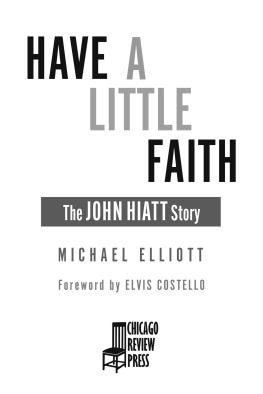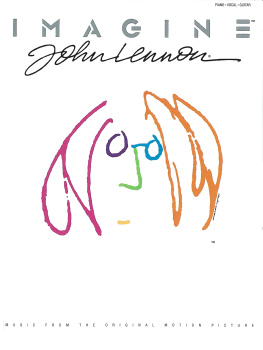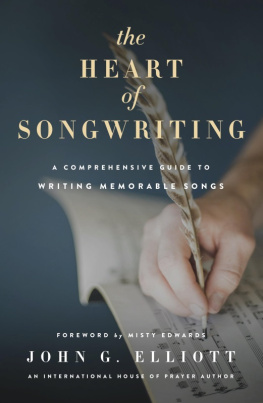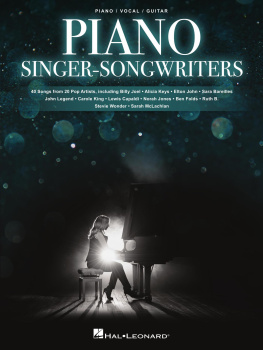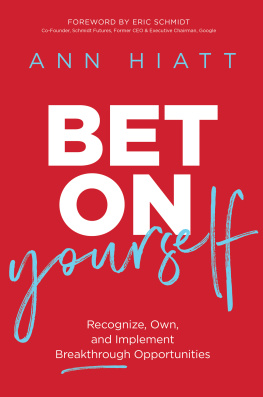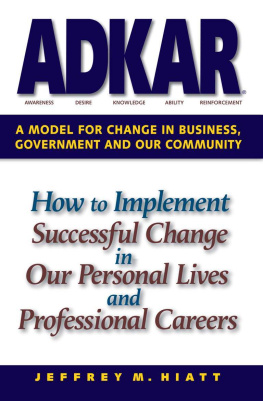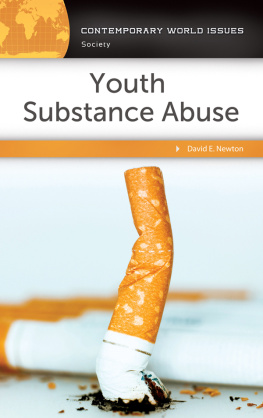Foreword
IT WAS SEPTEMBER 2019 when I last saw John Hiatt. It was the first time wed seen each other in nearly thirty years.
The occasion was the presentation of the BMI Troubadour Award to John, saluting not only his own recording career but his contribution as a songwriter for other artists. I knew from the willful, wily way that master guitarist Al Anderson laid down the opening figure of A Thing Called Love that we had all come to the right address.
As I looked around the room, I saw so many faces who had once only been names on record sleeves, people like Emmylou Harris and John Prine, who had since become friends. They had come to acknowledge John Hiatt for that deep well of emotion, faith, and enduring love through loss found in his songbook and in the pages of this biography.
The great Delbert McClintonwho I first met in Dallas in 1978raised the rafters with a sensational version of Have a Little Faith, the music perfectly balancing with the hope expressed in the title. Johns daughter, Lillyherself a fine singer and songwriterplayed beautifully and spoke with such humor, honesty, and admiration for her father.
Yeah, Bring the Family, through both sorrow and celebration.
I followed Lyle Lovett up to the stage and sang Take Off Your Uniform, a song that struck me hard just before John and I first met in London. It seemed at the time like we must have been listening to the same echoes.
I remember visiting Eden Studios when John was making the second half of Riding with the King, in the same room where Nick Lowe had produced the best part of four of my albums with the Attractions. In those days, we were just a friend or a cohort apart and, for me, it heightened the sense of a musical common ground on which we were working, behind our respective ploughs.
After all, it was John who had stepped in to play in an impromptu supergroup of me and Steve Nieve and Pete Thomas from the Attractions, with Nick Lowe on bass and John playing guitar for a three-song set at an all-star George Jones television special in 1981.
Like most television tapings, it was a stop-start affair with both highlights and hitches, as George was joined by a cast of Tammy Wynette, Emmylou Harris, Tanya Tucker, and Waylon Jennings, whose demeanour put away any thoughts that the rock n roll singers might be the wildest people in the building.
One of the things that any admirer of John Hiatt will appreciate about this book is the lack of self-pity, bitterness, or reproach when John reflects on the unwise paths taken and even the occasional gamble with sanity. I certainly recognize how we all made regrettable as well as necessary mistakes. Sometimes the heart or mind broken might even be your own, but time brings clarity, strength of will has sustained sobriety, and I sense and hope John now knows both love and happiness.
It was in that more tumultuous and eventually tragic time that John and I recorded the Spinners Living a Little, Laughing a Little for the album Warming Up to the Ice Age. Id loved that song for years, but I remember the session much more for Norbert Putnam regaling us with stories of inspiring Elvis Presley by flying in a girlfriend from Vegas to be placed on a stool in front of him as a solitary audience and having to tape foam to the Kings hand mic to keep his rings from tapping on the barrel. I dont know why neither John nor I have ever written that detail into a song. I swear it might provide an additional verse to Riding with the King.
After the Ice Age record came out, I joined Johns show at the Duke of Yorks Theatre in London. We sang that Spinners song again, only with more abandon, and I might have even joined the chorus of the closing version of Stevie Wonders Heaven Help Us Allalthough things had become a little foggy for me around that time in the evening.
I know for sure that I sang a verse of Johns song, She Loves the Jerk, as that had been in my solo set now and again. We had shared the stage a year before at a McCabes Guitar Shop gala, where John had played piano on a chaotic closing version of So You Want to Be a Rock n Roll Star with me, T-Bone Burnett, Jackson Browne, Warren Zevon, Richard Thompson, and a gang of others.
Obviously, I knew Nick Lowe well and had recorded and toured with Jim Keltner by the time they served as the rhythm section for Bring the Family, a record that was originally funded by Demon Records, a company in which I was almost a silent partner. It was an enviable thrill that my pals would be recording with Ry Cooder.
It was an inspiration to me to see John really hitting his stride again, just as my own band had dissolved, and I was also looking for musical solutions elsewhere. I recognized how the cohesion of the writing on that record paid off all the promises in Johns great songs that had come before. They also had a tone and depth that John has explored in the years since. He has always offered these qualities to other artists, like our friend, Rosanne Cash, who sang a Hiatt song just as all the true possibilities of her own writing came into fuller flower and focus.
That Thing Called Love turned out to be such a significant song for Bonnie Raitt means so much to me. Bonnie was the first person whose records I owned and adored who ever came to my show as a member of the audience. Weve sung together on a number of occasions and even riffed backstage about some record that we might make together, but its John who actually got the job done and allowed Bonnie to blaze out of the darkness that might have consumed a few of us in those days.
For all the songs Ive written, I really could never imagine being part of a song as perfectly matched as the one John wrote with Ry Cooder and Jim Dickinson, Across the Borderline.
Ill listen to the longing of Freddy Fenders original soundtrack recording, Ry Cooders incredible vocal and slide rendition, and the way in which Willie Nelson takes possession of the song, but I still return to Johns beautifully understated version with Flaco Jimnez.
They all tell different parts of a story that was as sad and true then as it is now.
I was in the audience at Hammersmith Odeon in 92 to see a true supergroup, Little Village, as they made a case for being the greatest band in the world for about half the set. I could not explain until reading these pages why, even in the midst of that show, I had suspected that this might not be a longtime affair. It is fascinating to read the different perspectives on that collaboration and the acceptance that this was no one mans failing but perhaps that it is better that it happened for a while than that it never happened at all.
When one thinks of all the great music the members of that band have made independently since that time, I cannot imagine them taking paths other than the ones that have led to this date, so that John could work with two generations of Dickinsons on Master of Disaster, so that he could be Crossing Muddy Waters and set his eye and his heart on The Eclipse Sessions.
The frame gets smaller, the canvas stretched tighter, the focus once blurred by tears or trouble sharpens as the light draws in. John has played with his Goners; half the time Im an Imposter. I think we all like to chase away the shadows with dark humour, so we dont waste too much time jumping at them. You have to believe there are more daysnot so many perhaps, but certainly moreand time is too precious to waste on regret when there is praise and thanks to be given.

